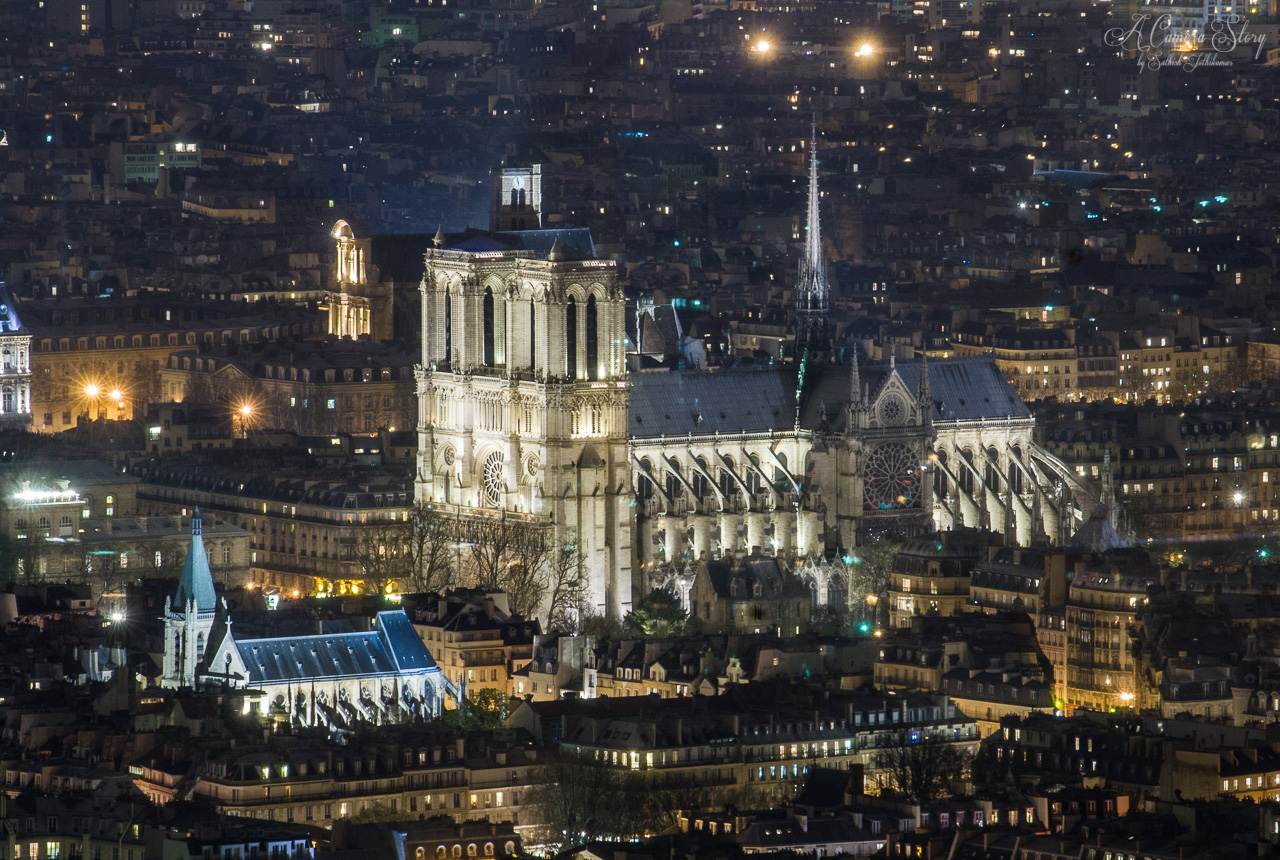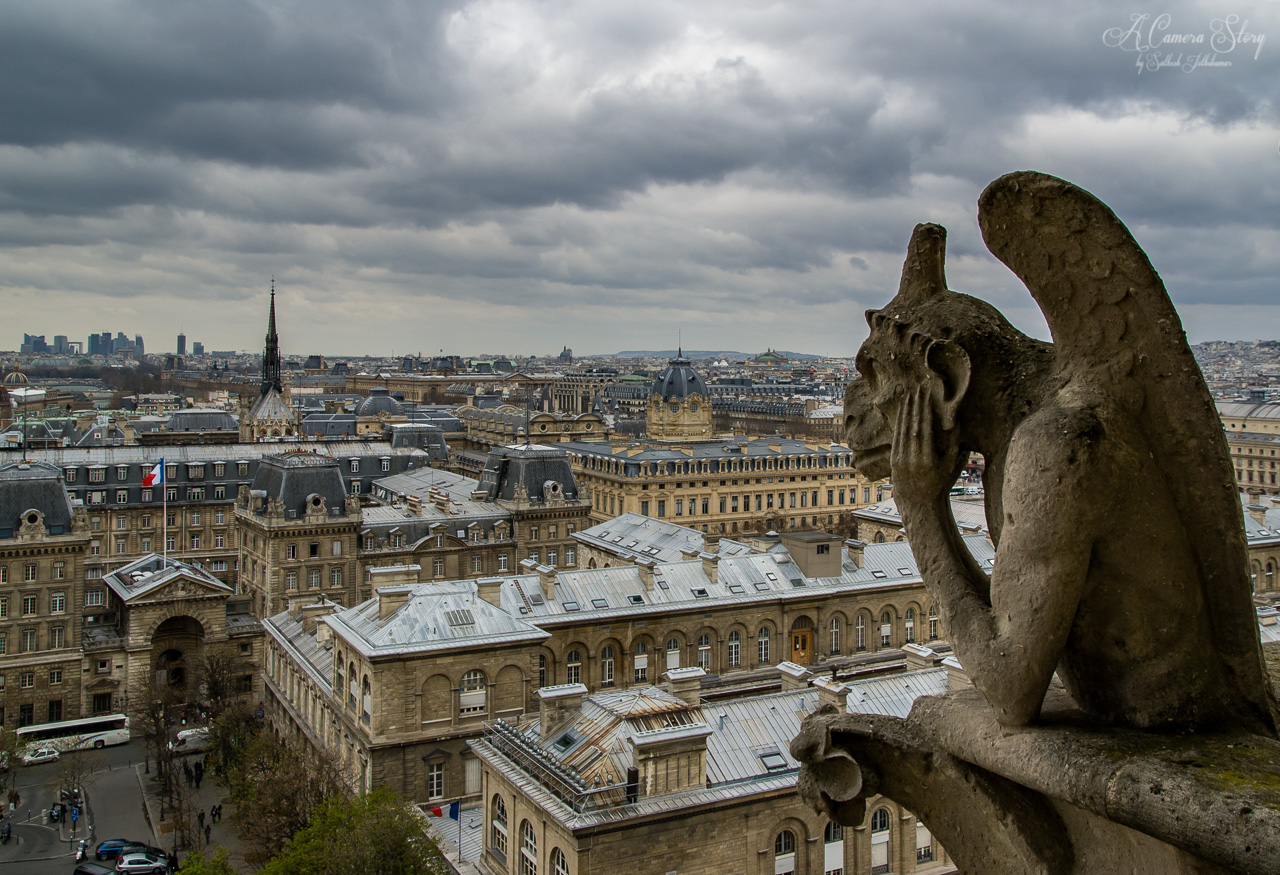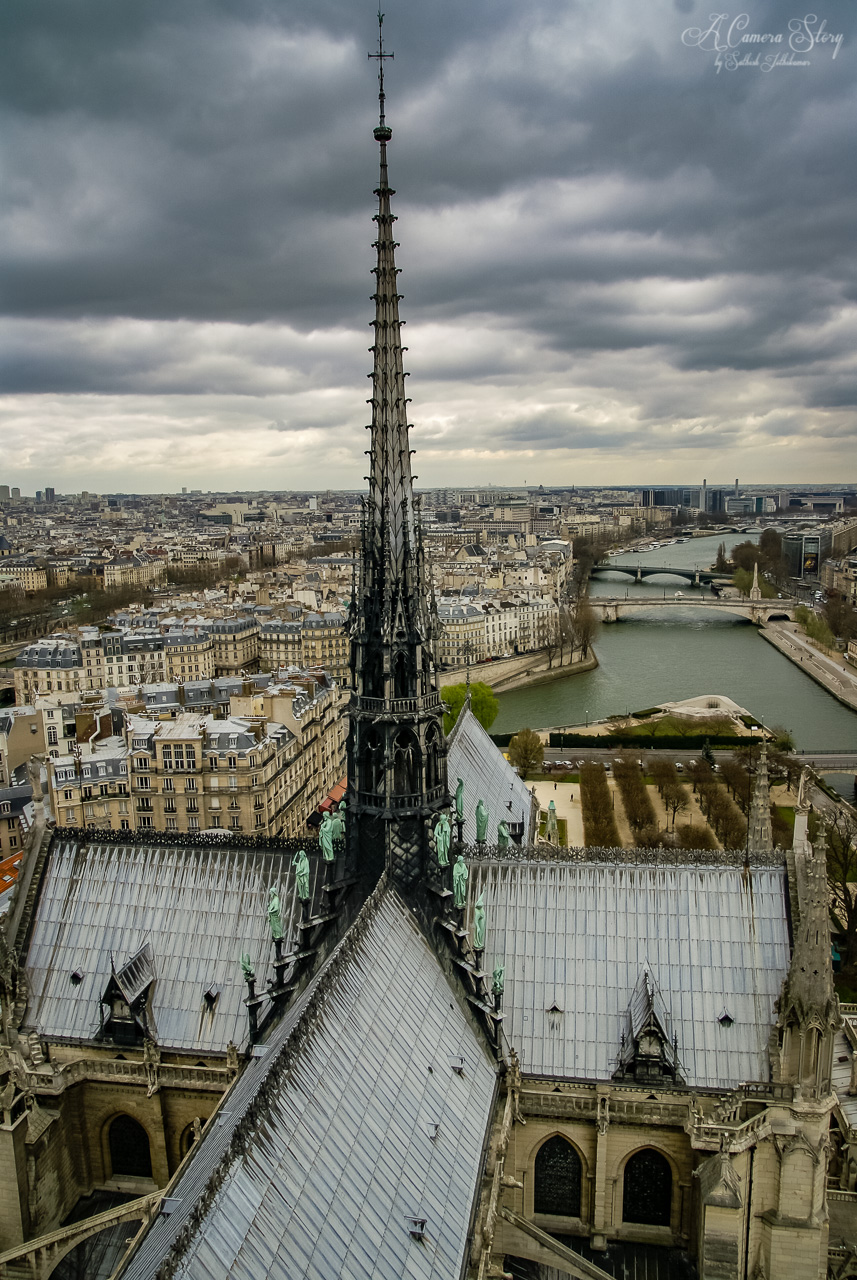


It is a tragedy that has befallen this mighty building.
The Notre Dame captured my heart the very moment I saw pictures of it while looking at the Paris guidebooks. And when I visited this impressive piece of history 10 years ago, I couldn't contain my excitement.
Even from afar, the Notre Dame Cathedral is an imposing structure: two tall towers rising 70m above the mass of low-rise buildings that dominate the center of Paris, behind which the lie the cross of the 73m long nave and 46m wide transept, each rising 4 stories, and supported by the massive bulwarks of the flying buttresses. Even the spindly spire that collapsed was large from up-close.
It took 100 years to build, and it stood through 800 years of tumultuous history, through both the World Wars. And yet, even such a mighty structure can be fragile. I do hope they rebuild it to its former glory.
Paris
France


